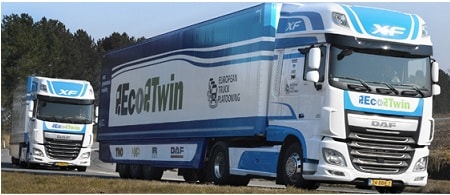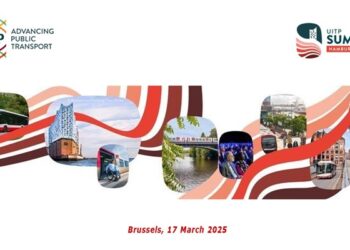At the 2017 ITS World Congress in Montreal – the premier global forum for discussion of intelligent transportation technologies and innovations – Ricardo will present some of its latest thinking in the areas of automated vehicle systems design and homologation for safety.
It is generally accepted that the introduction of Connected and Automated Vehicles (CAVs) offers the potential to improve the efficiency and convenience of road and vehicle use, while also reducing accidents and hence providing higher standards of safety than are possible today. In the paper Safety homologation process for connected automated vehicles, Ricardo argues that while CAVs hold the prospect of delivering such commercial and societal benefits, they will bring new forms of risk too.
The paper presents a common process for the homologation of driverless transport systems – for a large variety of applications ranging from automated cargo carriers on a dedicated track to driverless public transport onto public road – which is characterized by structuring functional safety evidence into a safety case, according to the voluntary standards ISO 26262 and EN 50129. The paper goes on to argue that as the safety case is at least partially subjective, a separate third party should be assigned to assess the documentation independently.
In a further paper, New safety & security methods required for connected automated vehicle development, Ricardo describes how the new functionalities provided by high connectivity and automation make CAVs technologically distinct from conventional vehicles. Their robust and successful development therefore requires a new and different approach. The paper sets out what needs to be considered at each step of the vehicle and ecosystem development cycle (commonly referred as “V-modelâ€) in order to assess and mitigate risks, and validate and assure safety and security of CAVs during their complete lifecycles.
The final paper to be presented by Ricardo at the 2017 ITS World Congress is entitled Developing a platooning system for a real-world, long-term road trial. This paper describes how the trial of heavy truck platooning will be carried out to evaluate the real-world benefits and effects of operating platoons on public roads, and the implications of integrating it into the operations of a logistics organization. The trial has been commissioned by the UK Department for Transport (DfT) and Highways England, and is to be the first real-world operational trial of platooning vehicles on UK roads.
The trial, of connected vehicles which will still have drivers, is being delivered by a consortium led by TRL, and including Ricardo, DAF Trucks – with which Ricardo is already collaborating on the European EcoTwin platooning project – and global logistics company DHL.
“Ricardo is pleased to be contributing a range of technical papers at the 2017 ITS World Congress,†commented Eric Chan, Ricardo global technical expert on connected and automated vehicles. “Connected and automated vehicles offer some very significant benefits in terms of transportation safety, improving the energy efficiency and asset utilization of vehicles, reducing emissions, and relieving congestion through better road space utilization.
But these benefits some very new risks too – risks that are difficult to quantify. Ricardo welcomes the opportunity, therefore, to add to the international debate on connected and automated vehicle technology. In doing so we will be offering our detailed views on the development and homologation processes that will need to be adopted in order to bring these new transportation innovations to market, as well as outlining our work in the recently commenced UK truck platooning project which will see trials on public roads in 2018.â€

































